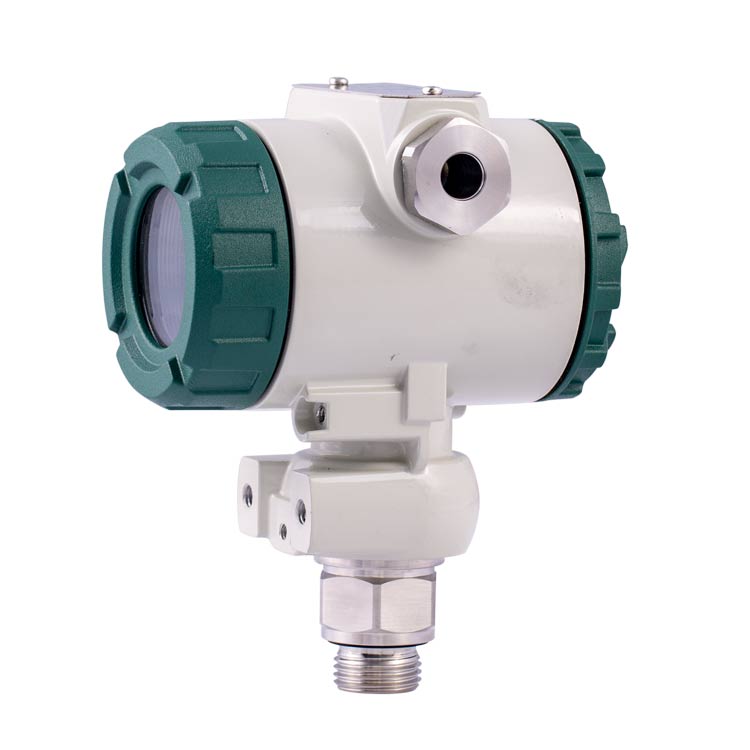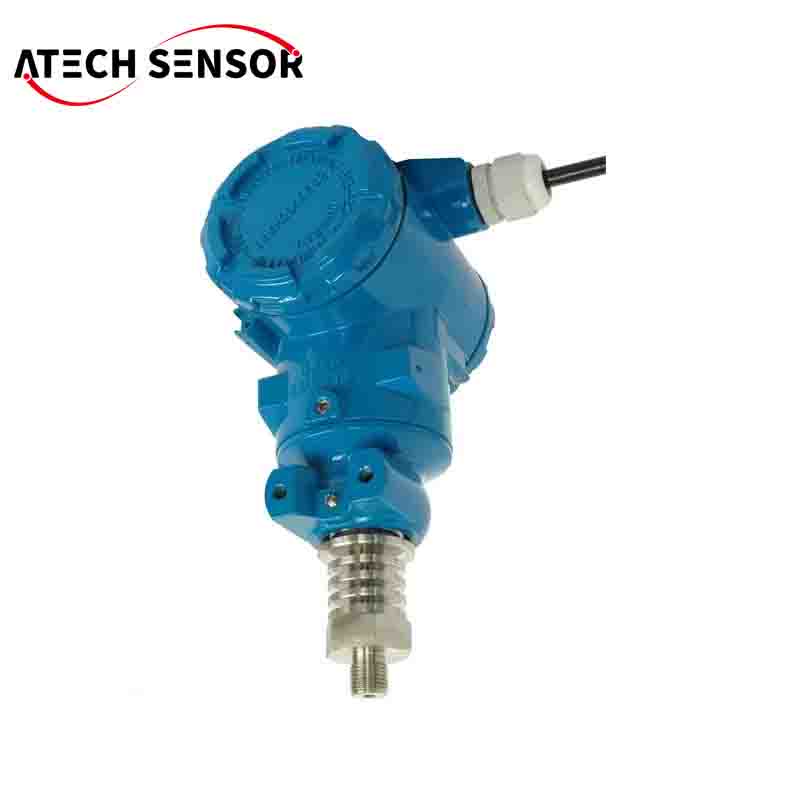1.Pressure Sensing:
The transmitter contains a pressure sensor, such as a strain gauge, piezoelectric crystal, or capacitance-based sensor, to measure pressure accurately.
The pressure is converted into an electrical signal proportional to the measurement.
2.Signal Processing:
The raw signal from the sensor is processed by internal electronics to:
Filter noise.
Perform temperature compensation.
Calibrate for accuracy.

3.Wireless Communication:
The processed pressure data is converted into a digital signal and transmitted wirelessly using protocols such as:
WirelessHART: A secure and robust protocol based on the HART standard.
ISA100: Designed for industrial applications with high reliability.
Wi-Fi, Bluetooth, or Proprietary Protocols: Depending on the application requirements.
Data packets include not just the pressure measurement but also diagnostics and battery health information.
4.Power Source:
These transmitters are typically powered by long-lasting lithium batteries designed to operate for several years, depending on the update rate.
5.Data Reception:
A gateway or receiver is installed to collect the transmitted data.
The gateway communicates with higher-level systems such as:
SCADA (Supervisory Control and Data Acquisition).
DCS (Distributed Control Systems).
Cloud-based analytics platforms.

6.Integration with Control Systems:
Once the data is received, it is visualized, analyzed, or used for automated control decisions.
7.Advantages in Large-Scale Applications in Process Industries
Imagine a scenario requiring hundreds of pressure readings, such as monitoring pipelines, reactors, or storage tanks across a large industrial site. Wireless pressure transmitters offer:
Eliminate the need for extensive wiring, conduit, and installation labor.
Easily deployed in remote or hard-to-reach locations.
Additional transmitters can be added without significant infrastructure changes.
Simplified installation and maintenance minimize production interruptions.

